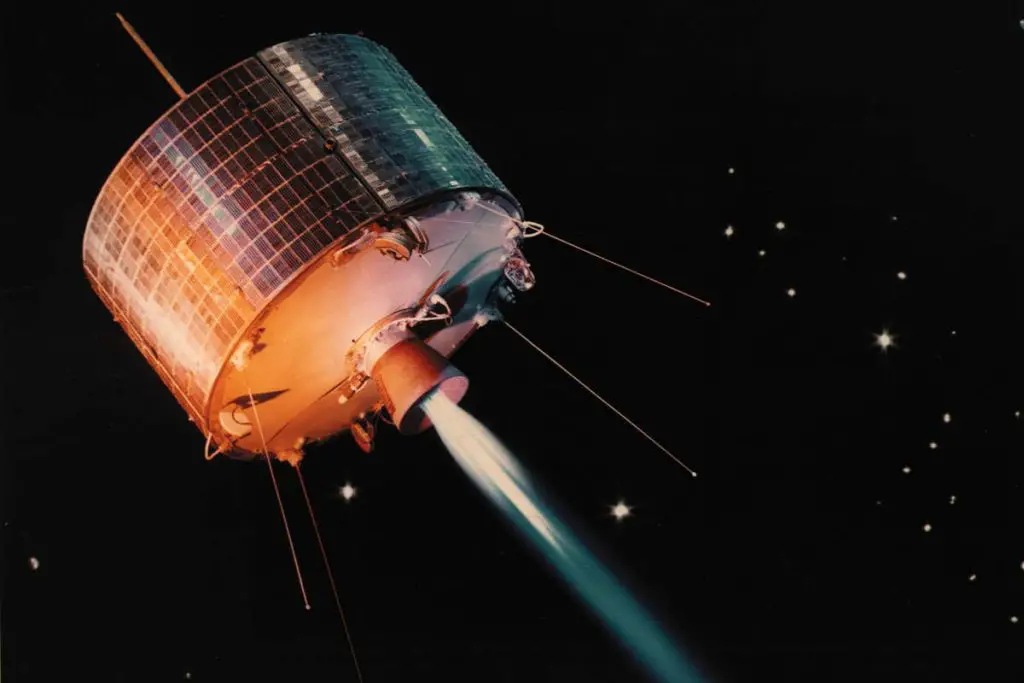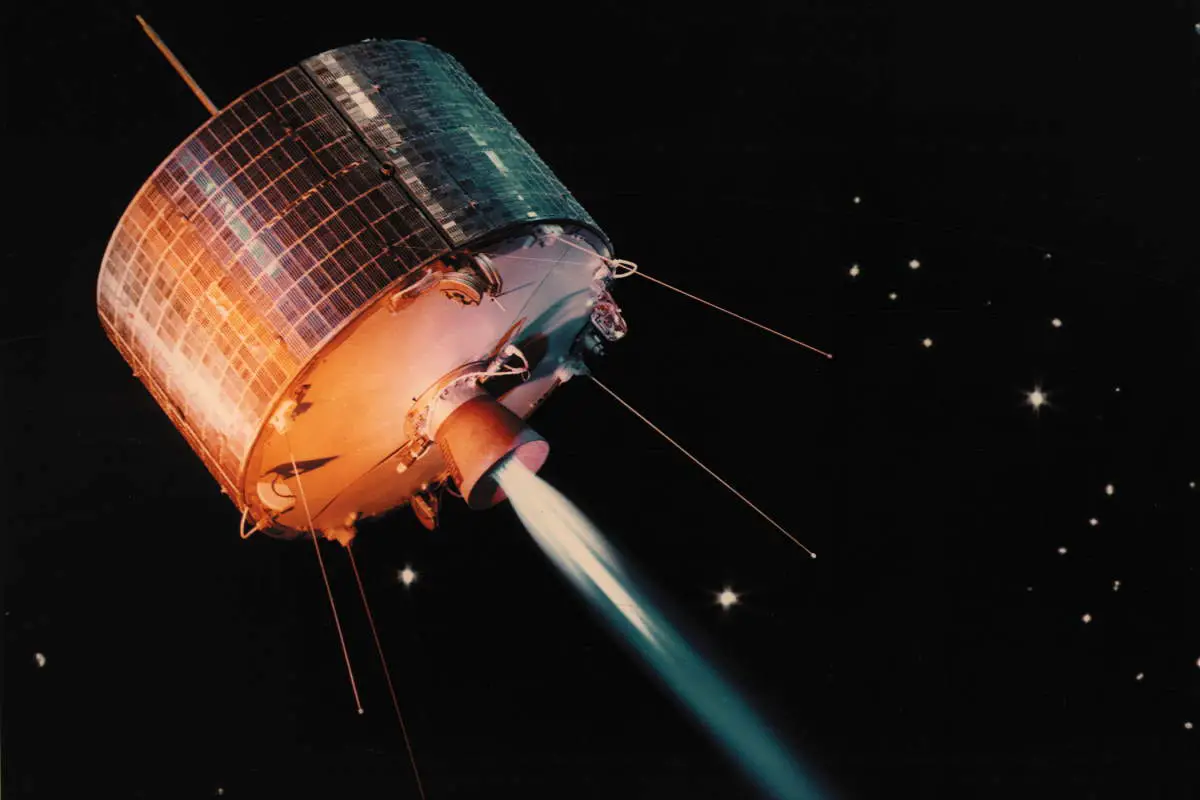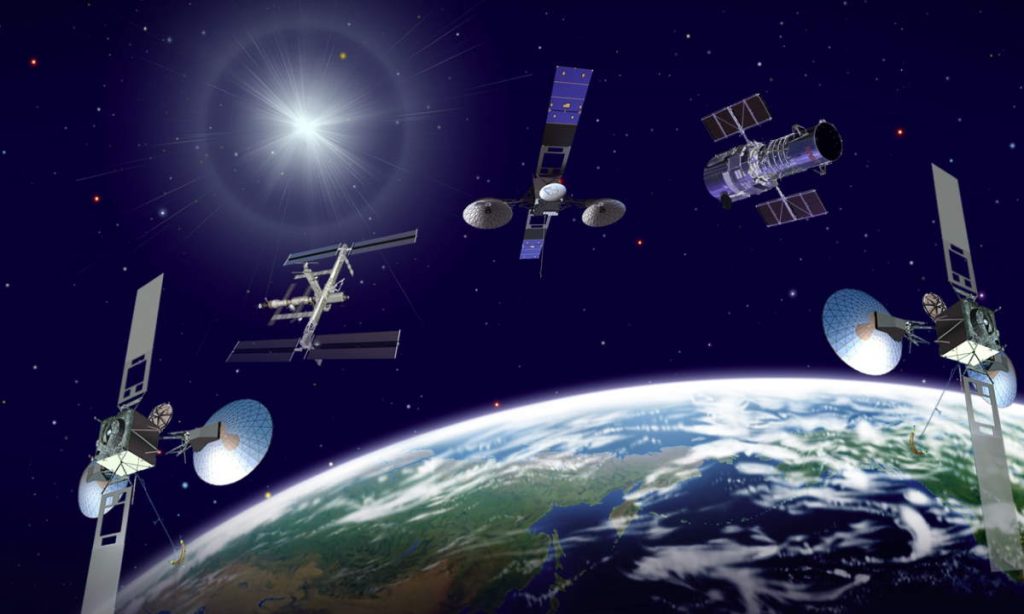On July 26, 1963, Syncom 2 (for Synchronous Communication Satellite) was launched on top of a Delta B #20 launch vehicle from Cape Canaveral.
Today’s (July 26) story of what happened this day in Science, Technology, Astronomy, and Space Exploration history.
Syncom 2: the first geosynchronous satellite
In 1960, NASA began the development of new communication satellites based on the hypothesis that geosynchronous satellites, which orbit Earth 22,300 miles (35,900 km) above the ground, offered the best location because the high orbit allowed the satellites’ orbital speed to match the rotation speed of Earth and therefore remain essentially stable over the same spot (that’s why it’s called Geosynchronous Orbit).
Only 17 months after development began, NASA launched Syncom 1 on February 14, 1963, but it stopped sending signals a few seconds before it reached its final orbit.
Five months later, NASA launched Syncom 2, demonstrating the system’s viability. It began regular service on August 16th.
The next Syncom (Syncom 3) transmitted live coverage of the 1964 Olympic Games in Tokyo to North America and Europe stations.
The Syncom satellites were 71 cm (28 in) in diameter, and 39 cm (15 in) in height cylinders. The fully fueled mass of the spacecraft was 68 kg (150 lbs).

The altitude of geosynchronous orbit was first calculated by the Austro-Hungarian Army officer (ethnically Slovenian), electrical engineer, and astronautics theorist Herman Potočnik Noordung (22 December 1892 – 27 August 1929) in the 1920s.
In his sole book, Das Problem der Befahrung des Weltraums – der Raketen-Motor (The Problem of Space Travel – The Rocket Motor, published in 1928) Potočnik even discussed communication between them and the ground using radio but fell short of the idea of using satellites for mass broadcasting and as telecommunications relays. This concept was first discussed by the English science-fiction writer and futurist Arthur C. Clarke (16 December 1917 – 19 March 2008) in his 1945 article Wireless World. Thus, thus, the geosynchronous orbit is sometimes called the Clarke Orbit.
Sources
- Syncom on Wikipedia
- Syncom 2 on the NASA Space Science Data Coordinated Archive website
- “Syncom 2: The First Geosynchronous Satellite” on the NASA website
- How Many Elephants are Left in the World in 2025? - August 17, 2025
- Moon Landings: All-Time List [1966-2025] - February 2, 2025
- What Is Max-Q and Why Is It Important During Rocket Launches? - January 16, 2025

